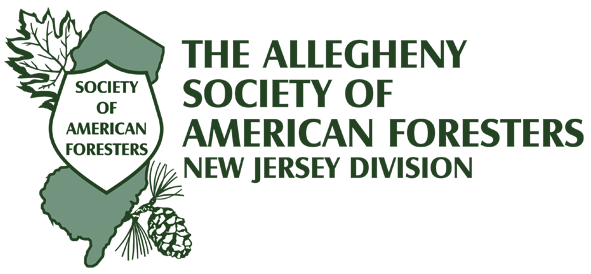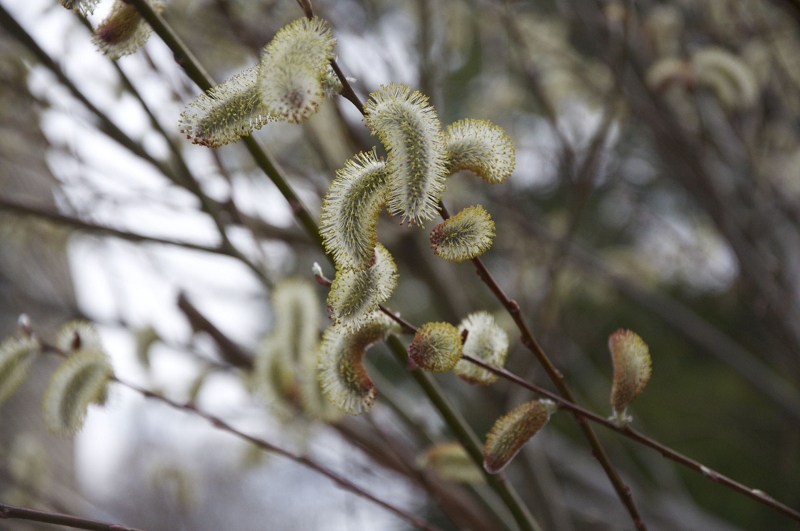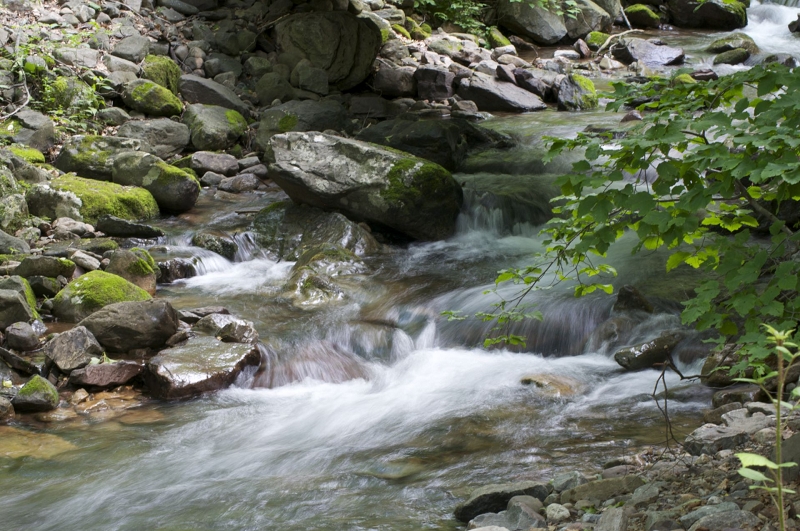Disturbance is a natural part of forest growth and a crucial part of the ecosystem cycles that sustain every forest.
Eastern deciduous forests, typified in New Jersey’s northern and central regions, are immensely important to the diversity and ecological resilience of the mid-Atlantic region and thrive on a natural cycle of disturbance and recovery.
Regular episodes of disturbance and recovery are natural and crucial to growth in these forests by cycling nutrients, opening spaces for new growth, and creating habitat for countless species.
In this way these forests can grow for hundreds of years and be resilient to occasional episodes of severe disturbance conditions, such as those caused by extreme weather events or imbalances in forest pest insect populations. Gradual — but critical and undesirable — changes in forest composition and function can easily go unnoticed when we’re not focused on it, but are of key concern to foresters.
New Jersey’s forests, be it the oak-dominated forests of northern and central Jersey or the pine barrens in south Jersey, cannot be properly understood without considering the impacts and influence of
the Native Americans. The Delaware tribe (and its various subgroups and clans) commonly had permanent settlements on or near major river systems, but also conducted seasonal hunting circuits in the surrounding forest.
Fire-drives were an important tool, and such low- and medium-intensity wildfire events
excluded thin-barked species from most of the upland forest. It is also noted that
lightning-caused wildfires also played a significant role. These fires also resulted in decreased canopy closure.
Less frequent high-intensity wildfires would result in the killing of the above-ground portion of the tree, forcing resprouting from the roots or the
activation of seeds present in the soil. This
fire regime was obviously more intense in the pine barrens, but followed generally the same paradigm as north and central Jersey forests. Soil type and fire history clearly favored pitch pine in the pine barrens, although many areas of northwest New Jersey also contain pitch pine.
As the Native Americans were displaced, settlement included many of the same types of disturbances, including fire.
Cutting of trees was also conducted, at first for building materials and firewood. Later, after the second industrial revolution, the demand for
charcoal to fire iron smelters and fuel for nearby cities caused
extreme cutting, particularly between 1870 and 1900. Although most of that activity was conducted without any regard for forest regeneration or water quality, in most places the forests we see today are the result of extensive clearcutting around the turn of the century.
By 1900 or so, forest canopy accounted for only 3% of the state’s land area. This implies that 97% of the state’s private and public forests are comprised of second growth stands of less than 100 years that and have had not had adequate disturbance due to lack of management and geographic fragmentation.
It is also important to note that without such periodic disturbance, northern and central Jersey forests would likely have converted to the Northern hardwood forest cover type, instead of the oak-hickory cover type. Indeed, in many areas where disturbances have been excluded from the landscape, forests are converting from oak to Northern hardwoods.
Why does this matter? Oaks are the
keystone ecological species in the landscape of northern and central Jersey. A remarkable number of species ranging from mammals to insects, and birds to amphibians rely on the acorns, leaves, and bark of oak trees. These species have co-evolved with oak in this region for several thousand years, and may be lost if oak is removed from the forest due to lack of disturbance.
It is also important to note that the forests of the Pine Barrens are even more so dependent on disturbance, particularly on fire or disturbances that mimic fire. Without such disturbances, forest fire fuels would build to extreme levels. In addition, brush and small trees would create fire ladder conditions, by which wildfire can climb from the leaf litter and small brush, to tall brush and small trees, to the tops of large trees. The combination of extreme fuel loads and fire ladder conditions make catastrophic wildfires possible – if not likely.
While forests experiencing a lack of natural disturbance can undoubtedly hold on to sizeable amounts of carbon, storage of carbon and reliance of ecosystem services from such stands is a dangerous gamble. This is because stands not experiencing natural and patchy disturbance will inevitably suffer reduction in vigor and carbon uptake, due crowding for light, inadequate mineral nutrient cycling, and low amounts of regeneration.
This can occur in a matter of a few decades or less. Such stands can easily foster harmful forest pest insects and disease that would that would ordinarily be of minor consequence. In low vigor stands, these pests and disease, as well as extreme weather events, can incur more drastic and widespread damage and result in a loss of individuals and function that can persist for many years. Foresters utilize management techniques that replicate
or mimic natural disturbances in harmony with natural processes. These silvicultural techniques may include prescribed burning, forest stand improvement thinning, vine and brush control, and various regeneration harvest techniques, amongst others. Without disturbance, consider the following impacts:
• Although the leaves of forests will absorb various pollutants, these pollutants put stress on the forest trees through different physical and chemical mechanisms. When this occurs in forests already weakened by excessive competition from overstocking the combination of stressors can result in unnatural levels of foliar dieback and mortality and dramatically reduce their potential to filter airborne pollutants. Thinned stands will have less leaf cover than unthinned stands, temporarily. However, those thinned stands will remain healthy over a longer period of time.
• Young forests and healthy forests are excellent carbon sinks, sequestering carbon dioxide generated by the burning of fossil fuels, and respiring oxygenated air. However, forest trees only sequester carbon if they are actively photosynthesizing and growing. Invasive forest insects can readily take advantage of weak, overstocked, and low-diversity stands, quickly reducing forest leaf area — the biological machinery used to take up carbon. Affected forests can then become carbon sources, as the trees burn sequestered carbon to make up for lost leaf area, or succumb to stress an die.
• Conversion of oak-dominated forests to Northern hardwoods impacts a large number of species, including many birds. Similarly, the lack of young forests, due to elimination of disturbances, has caused sharp declines in species such as golden-winged warbler, ruffed grouse, American woodcock, and bobwhite quail, amongst others. Overstocked forests can also reduce the ability of cerulean warblers to nest.
• Deep shade conditions are detrimental to a wide variety of understory plants, including some that are federally-protected under the Endangered Species Act, and those listed as endangered by the State of New Jersey. Targeted thinning can be an effective way to improve habitat for imperiled plant populations.
• Although trees in riparian forests capture nutrients from adjacent land uses, when the tree dies, those nutrients can be released into the environment. Removal of some (but not all) of the wood from such a system can reduce nutrient loading in streams.
• When dealing with urban and park trees, foresters keep an eye towards how the site will look and act not just tomorrow, but 10, 20 or 50 years into the future. As stewards of the land, we have the ability to convert forest types in the way we choose to manage (or not to manage) our forest. Climate change. poses a substantial challenge to the forests in our backyards just as much as in State Parks, and we must consider the role that management (or lack thereof) will have in the foreseeable future.
• Oak-hickory forests have historically served as integral habitat, fodder, and nutrient cycling species in New Jersey’s northern and central forests, and are tolerant of many disease and insect pests that are on the rise, possibly due to climate change. A strong concern for these forests, however, is the lack of disturbance they have received over the past 100 years. This lack of disturbance is already causing the increase in Northern hardwood forest tree species that are more susceptible to climate change and historically have been absent or present in minor amounts in this landscape.
And urban and community forests?
[Click here]







